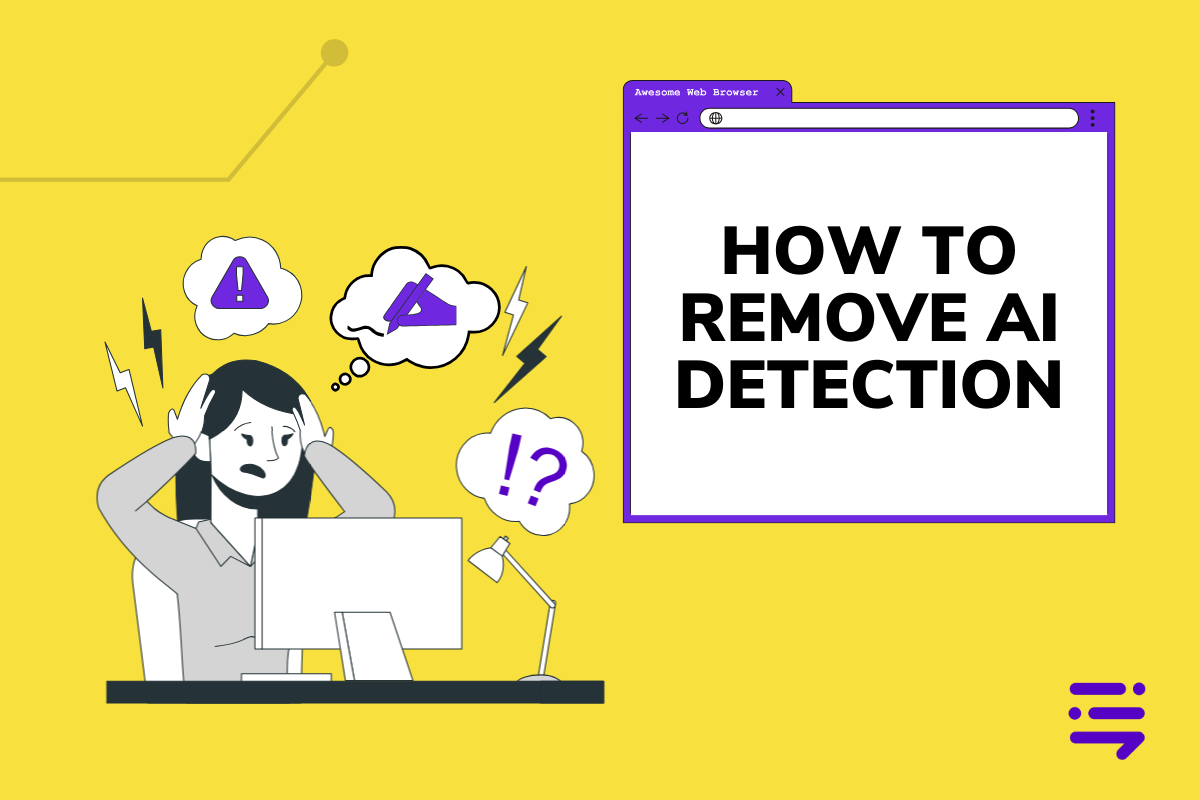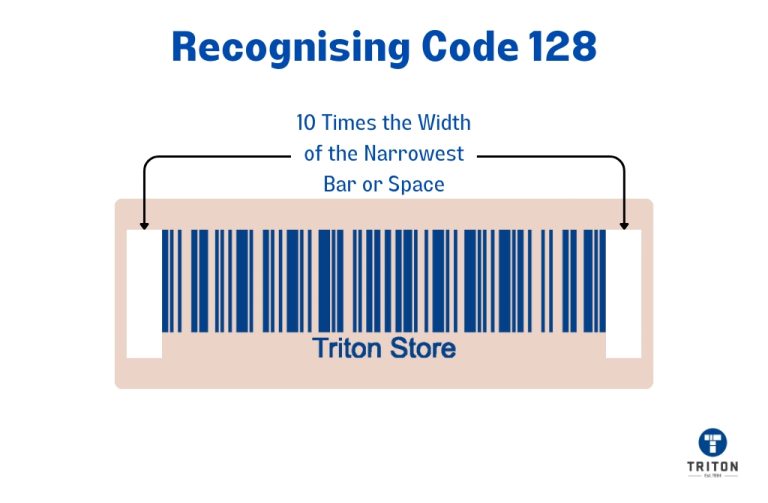The rise of powerful AI writing tools has revolutionized content creation, but it has also led to the development of sophisticated AI detection systems. These detectors aim to identify whether a piece of text was generated by AI, raising concerns about authenticity and potential misuse. If you’re wondering how to remove AI detection from text, this article provides a comprehensive guide to understanding AI detection, exploring techniques to bypass these systems, and discussing the ethical implications of this practice.
Contents
Understanding AI Detection
AI detection systems employ various techniques to analyze text and determine the likelihood of AI involvement. These methods often include:
- Perplexity and Burstiness: Analyzing the randomness and predictability of word choices. AI-generated text often exhibits lower perplexity (more predictable patterns) and burstiness (less variation in sentence length and structure).
- Statistical Features: Examining statistical properties of the text, such as frequency of specific words, sentence length distribution, and punctuation usage.
- Semantic Analysis: Evaluating the coherence, logic, and meaning of the text. AI-generated text might lack the nuanced understanding and contextual awareness of human writing.

Why Remove AI Detection?
There are various reasons why someone might want to remove AI detection from text:
- Academic Integrity: In educational settings, submitting AI-generated work as one’s own can be considered plagiarism.
- Content Authenticity: Some platforms or audiences value human-written content and may penalize AI-generated text.
- SEO and Search Rankings: Search engines might prioritize human-written content, and AI detection could affect search rankings.
- Personal Preference: Some individuals simply prefer their writing to be perceived as human-generated.
Techniques to Remove AI Detection from Text
While AI detection systems are becoming increasingly sophisticated, there are several techniques you can employ to make your text less detectable:
- Paraphrasing and Rewriting:
- How it works: Rephrasing sentences and using synonyms can alter the statistical properties of the text, making it less predictable and more human-like.
- Tools: QuillBot, Wordtune, Spinbot
- Caution: Ensure the paraphrased text retains the original meaning and avoids plagiarism.
- Adding Human-like Errors:
- How it works: Introducing subtle errors, such as typos or grammatical inconsistencies, can make the text appear more human.
- Caution: Use this technique sparingly and avoid making obvious or distracting errors.
- Incorporating Personal Style and Voice:
- How it works: Adding personal anecdotes, opinions, and unique writing quirks can make the text more distinctive and less likely to be flagged as AI-generated.
- Adjusting Sentence Structure and Length:
- How it works: Varying sentence length and structure can break up the monotonous patterns often found in AI-generated text.
- Utilizing Figurative Language and Idioms:
- How it works: Incorporating metaphors, similes, and idioms can add depth and complexity to the text, making it more human-like.
- Adding Emotional Tone:
- How it works: Infusing the text with emotions, such as humor, sadness, or excitement, can make it more engaging and less robotic.
- Combining AI and Human-Written Text:
- How it works: Use AI to generate a draft and then heavily edit and rewrite it, adding your own insights and style.
- Using an AI Detection Bypass Tool:
- How it works: Some tools specifically designed to bypass AI detection can analyze your text and make subtle changes to reduce its detectability.
- Tools: Undetectable.ai, HIX Bypass, Smodin
- Caution: Use these tools responsibly and ensure the output still meets your quality standards.
Ethical Considerations
While these techniques can help remove AI detection from text, it’s important to consider the ethical implications:
- Transparency and Disclosure: If you’re using AI to generate content, be transparent about it, especially in academic or professional settings.
- Authenticity and Trust: Avoid deceiving your audience by presenting AI-generated content as your own original work.
- Misuse and Misinformation: AI-generated text can be used to spread misinformation or create fake content. Use these techniques responsibly and ethically.
The Future of AI Detection and Evasion
The ongoing development of AI writing tools and detection systems is an evolving landscape. As AI models become more sophisticated, so will the methods for detecting and evading detection.
This raises questions about the future of authorship, authenticity, and the role of AI in content creation. It’s crucial to have open discussions about the ethical implications of AI-generated content and develop guidelines for responsible use.
Conclusion
How to remove AI detection from text is a complex question with no easy answers. While various techniques can help bypass AI detection systems, it’s crucial to use them responsibly and ethically.
Transparency, authenticity, and ethical considerations should guide the use of AI in content creation. As AI technology continues to evolve, it’s important to foster a responsible and informed approach to its application in various fields.
By understanding the capabilities and limitations of AI detection and evasion techniques, we can navigate the evolving landscape of AI-generated content and ensure its responsible and ethical use.
Sources and related content







